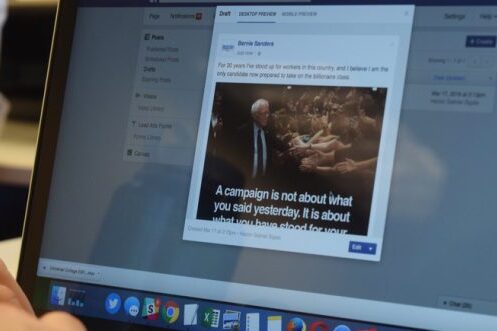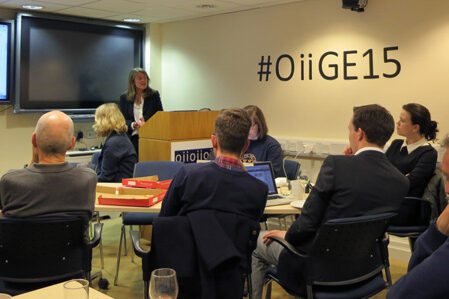Author: Helen Margetts
News
- Articles from Policy & Internet
- Books
- Call for Papers
- Child Safety
- Collective Action
- Conferences
- Democracy
- Development
- Economics
- Education
- Environment
- Ethics
- Governance & Security
- Health
- Interviews
- Mapping
- Methods
- Policy
- Politics & Government
- Publications
- Social Data Science
- Submissions Closed
- Tools
- Video
- Wellbeing
-
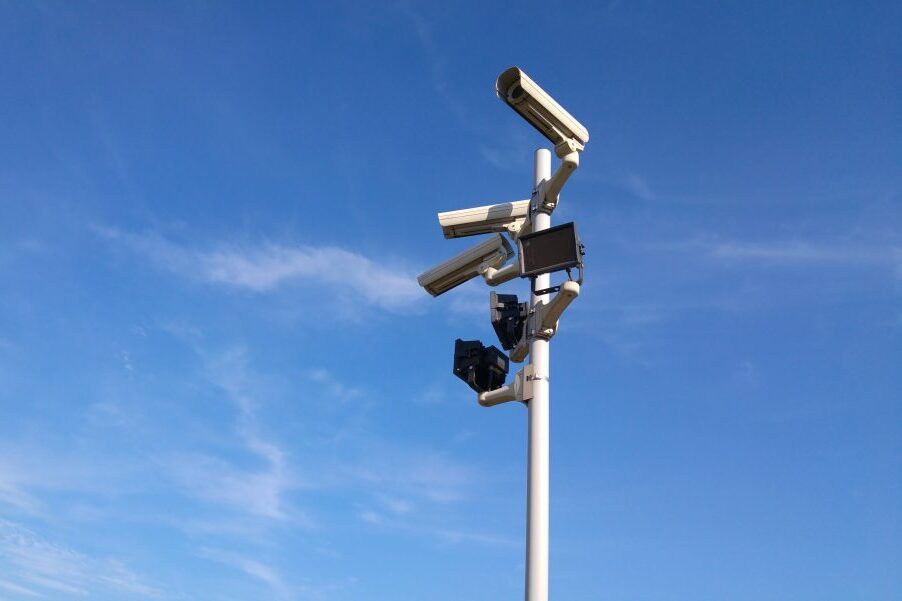
Five reasons ‘technological solutions’ are a distraction from the Irish border problem
Discussing the focus on ‘technological solutions’ in the context of the Irish border debate.
-

Stormzy 1: The Sun 0—Three Reasons Why #GE2017 Was the Real Social Media Election
It could be the first election where the right wing tabloids finally ceded their influence…
-
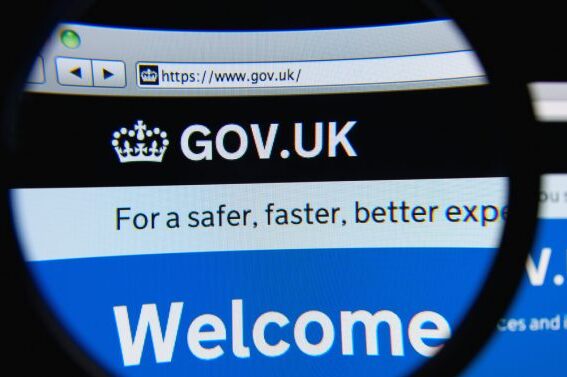
Back to the bad old days, as civil service infighting threatens UK’s only hope for digital government
The Government Digital Service (GDS) isn’t perfect, but to erase the progress it has put…
-

Technological innovation and disruption was a big theme of the WEF 2014 in Davos: but where was government?
The World Economic Forum engages business, political, academic and other leaders of society to shape…
-
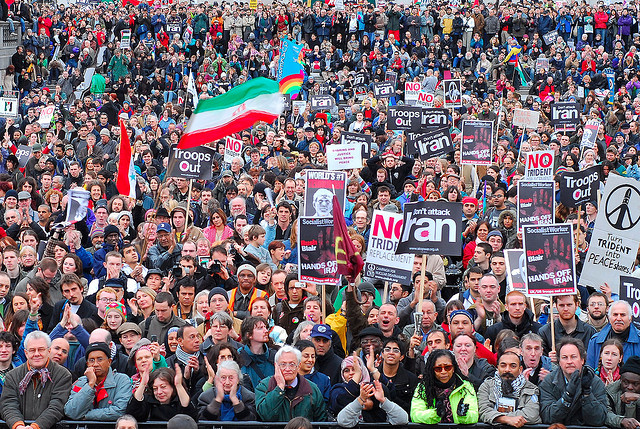
Experiments are the most exciting thing on the UK public policy horizon
—
Very few of these experiments use manipulation of information environments on the internet as a…
